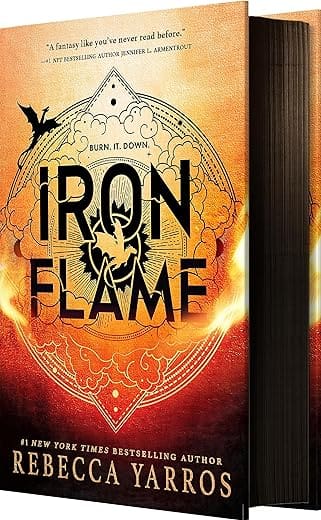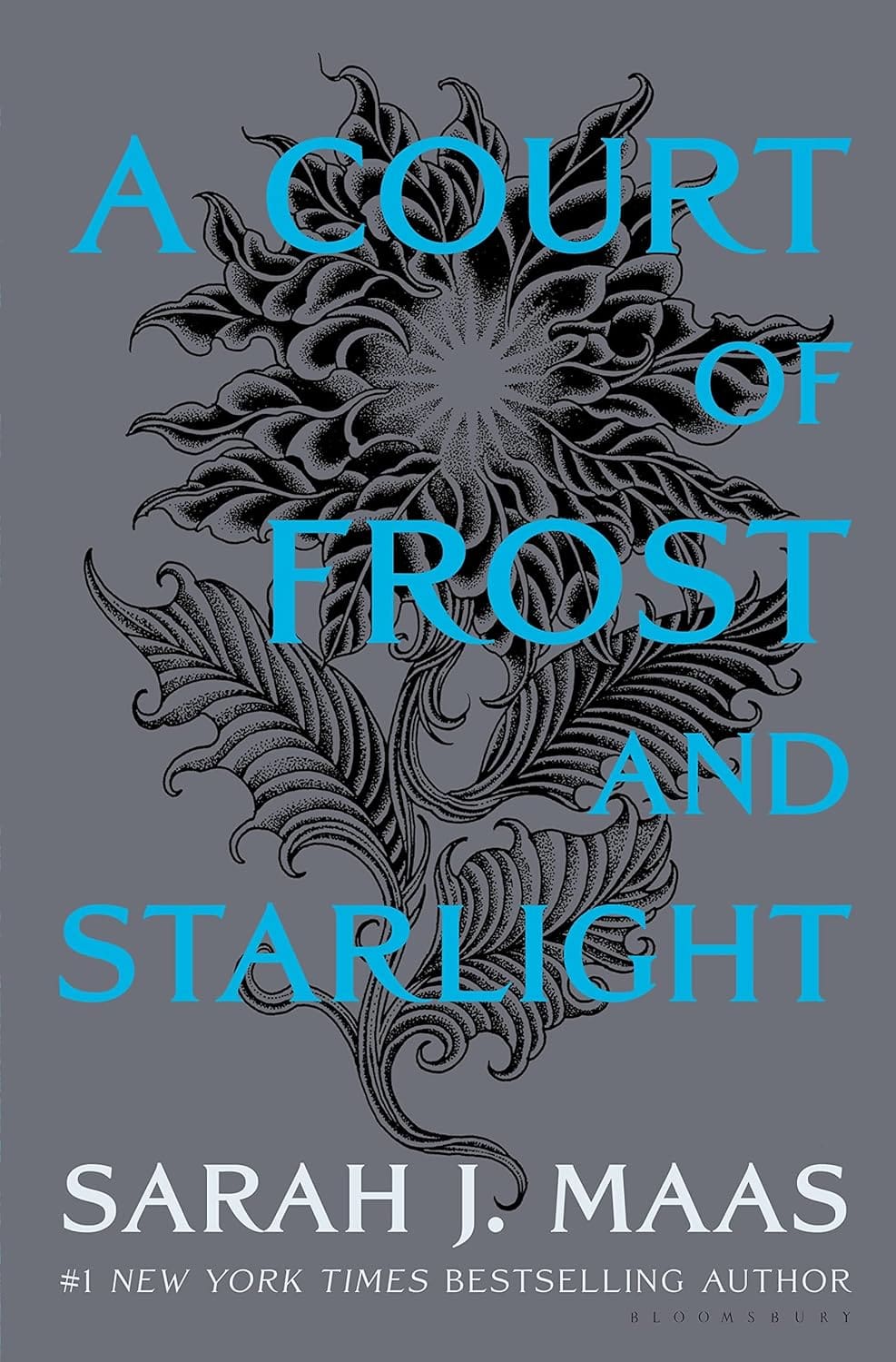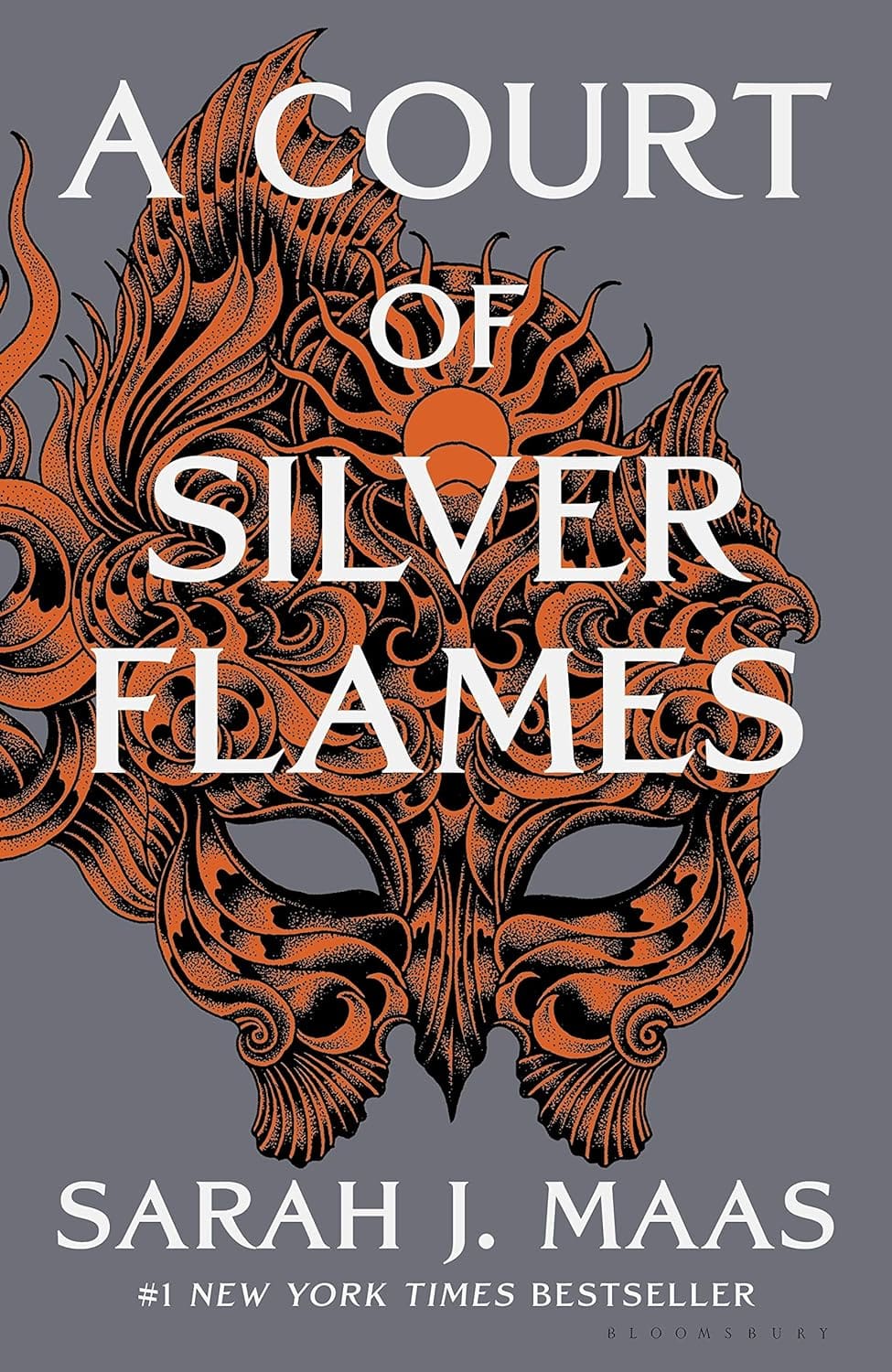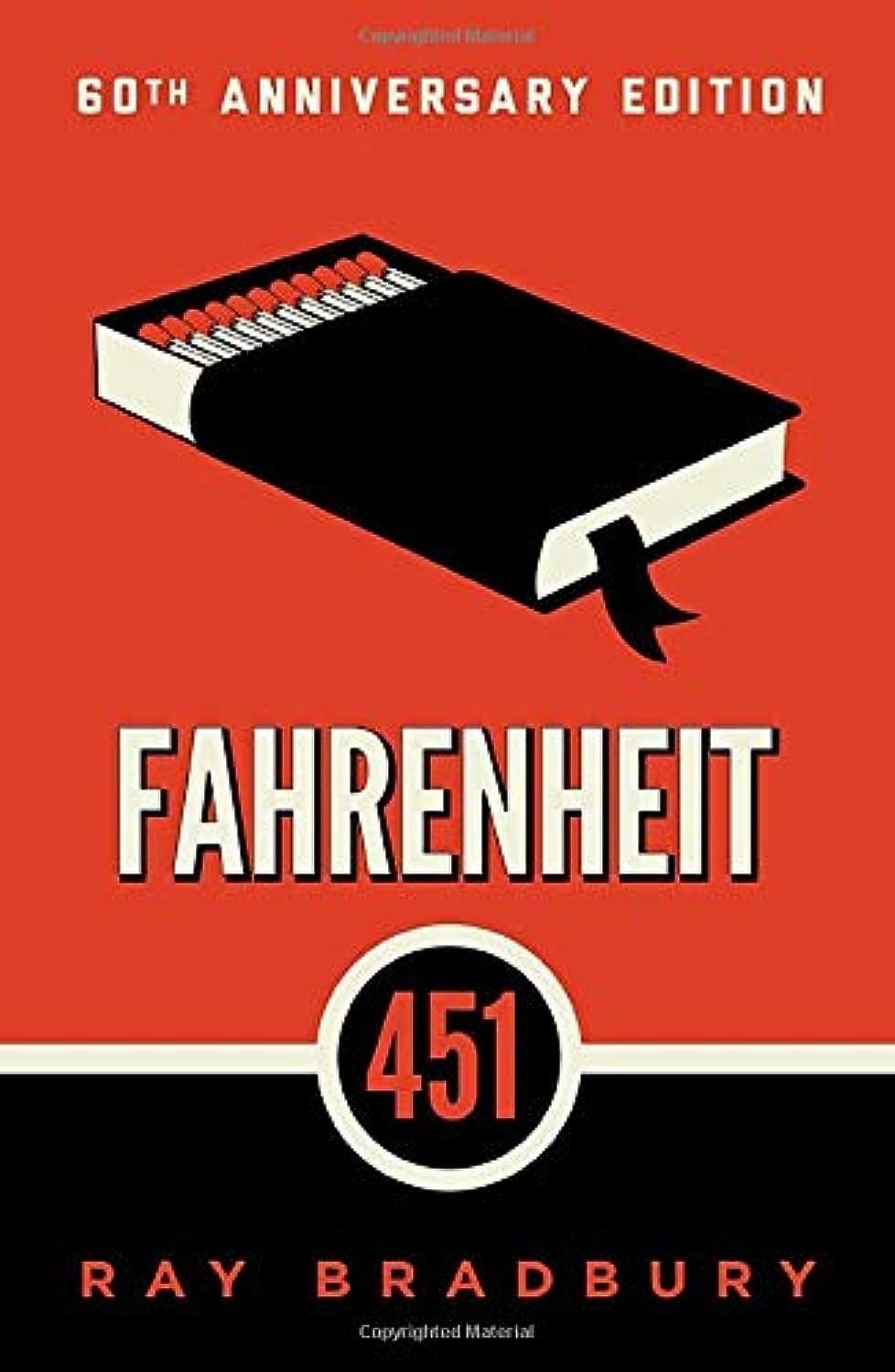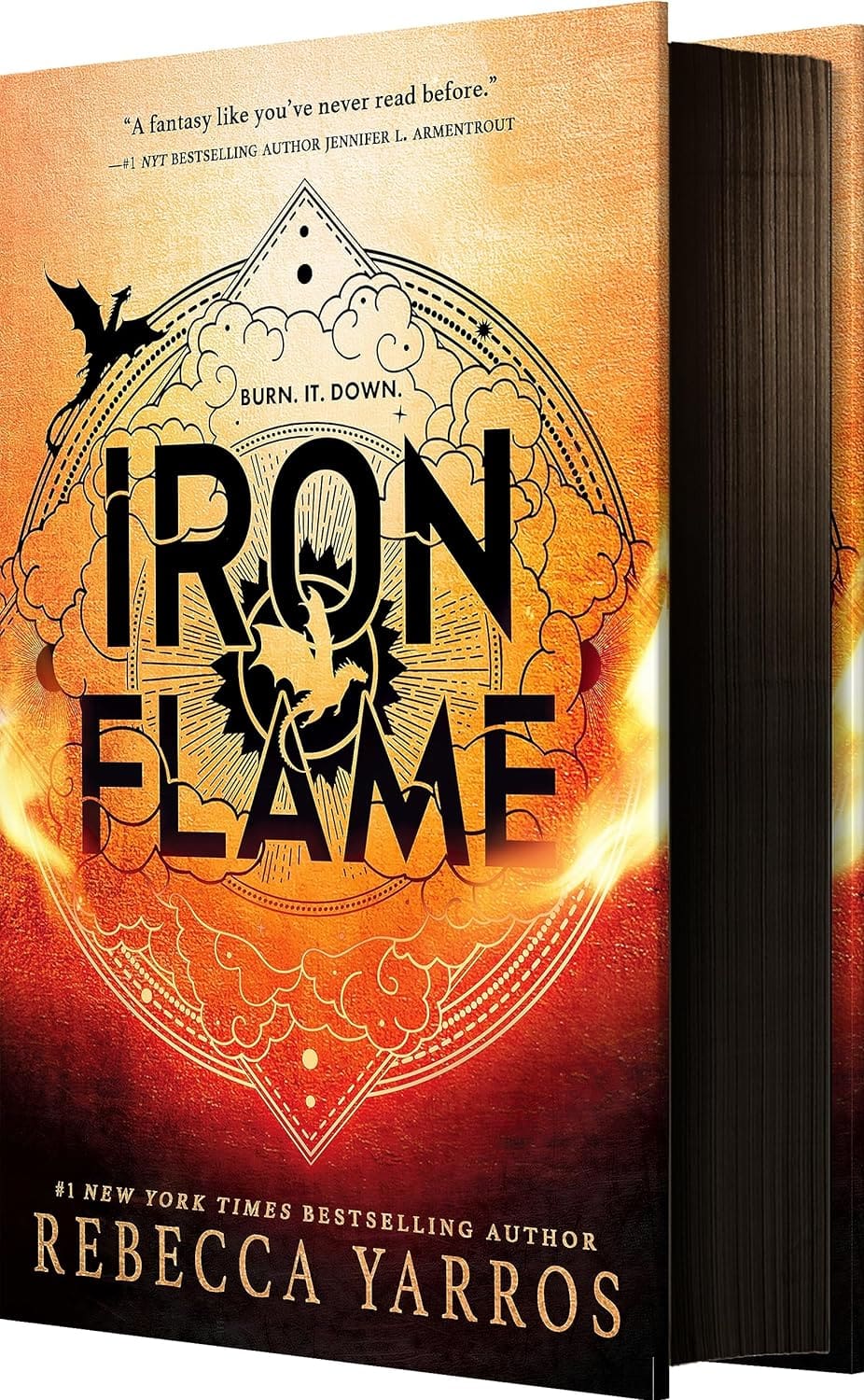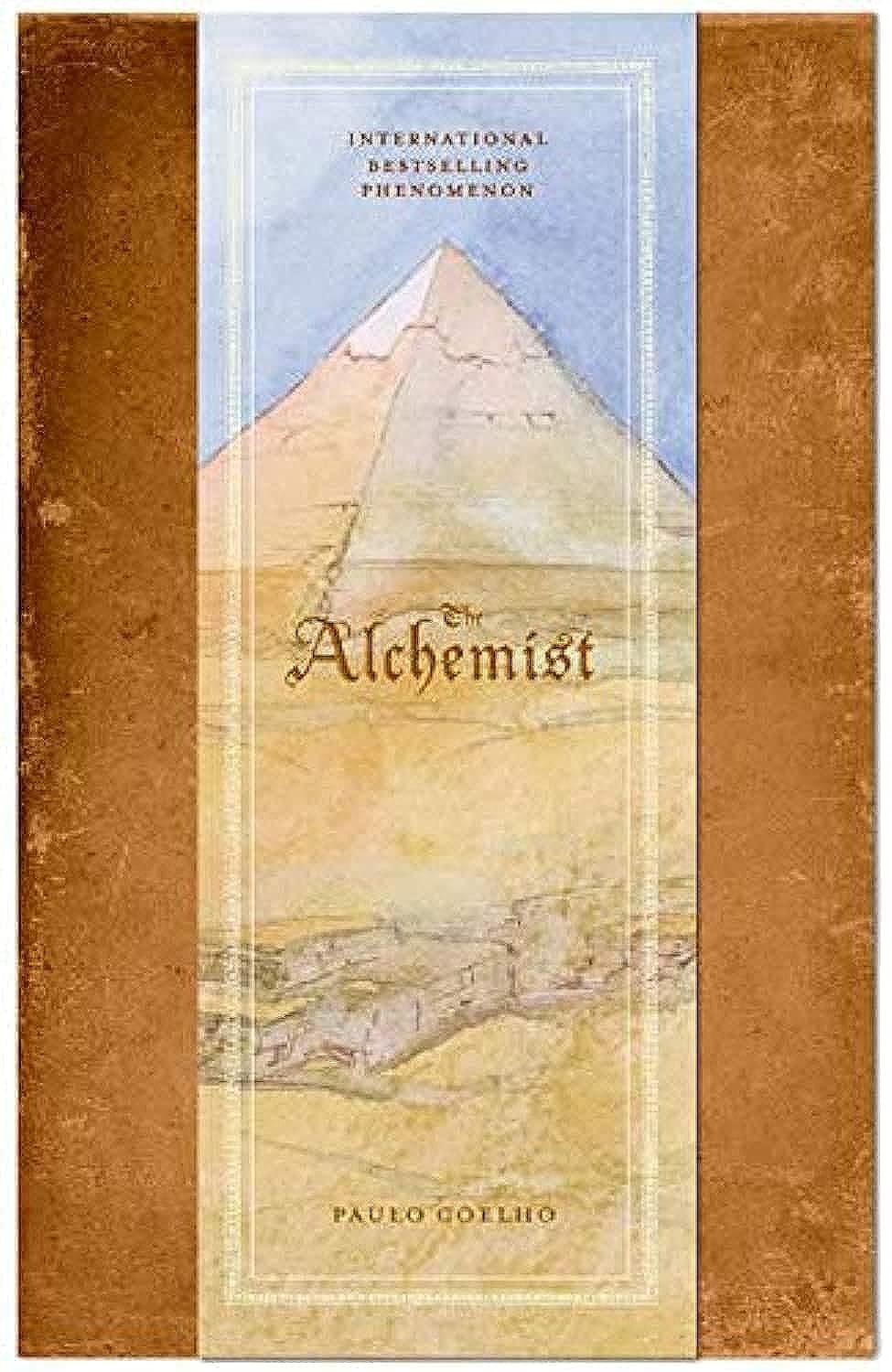Science Fiction & Fantasy
Science Fiction & Fantasy: Blurring the Boundaries of Imagination
In the vast realm of speculative fiction, two genres reign supreme: science fiction and fantasy. Both genres captivate readers with tales beyond our everyday experiences, but they also come with distinct features and worlds of their own. However, the lines between them can often blur, leading to compelling hybrids that defy strict categorization. Let’s explore these two genres and see where they intersect.
Are science fiction and fantasy the same?
At their core, science fiction and fantasy are not the same, though they share some similarities.
Science Fiction (Sci-Fi) is rooted in science and technology. It extrapolates from current knowledge to envision future scenarios. From the cyberpunk streets of “Neuromancer” to the interstellar journeys in “Star Trek,” science fiction speculates on technological advancements and their impacts on society, humanity, and even the universe.
Fantasy, on the other hand, often revolves around magic, mythical creatures, and worlds that defy our understanding of reality. Think of the magical realms of “Harry Potter” or the epic landscapes of “The Lord of the Rings.” While these stories may not adhere to our laws of physics or biology, they adhere to their own internal logic and rules.
While the foundational elements differ, the thematic goals often overlap. Both genres question humanity’s place in the world (or universe), challenge societal norms, and explore the consequences of power and choice.
Can a story be both science fiction and fantasy?
Yes, absolutely. A story can blend elements of both science fiction and fantasy, leading to a sub-genre affectionately referred to as “science fantasy.” In these tales, technology might be indistinguishable from magic, or magical elements might coexist in a technologically advanced society.
Take, for example, Anne McCaffrey’s “Dragonriders of Pern” series. While the setting initially feels like a fantasy realm with dragons and lords, it’s later revealed that the world of Pern is a colony planet, and the dragons are genetically engineered creatures. The series blends elements of genetic science with the mythical aura of dragon-riding, creating a unique mix of both genres.
Another example is “Star Wars.” The saga blends futuristic technology like spaceships and lasers with mystical elements like the Force, creating a universe that feels both advanced and ancient.
How do you combine science fiction and fantasy?
Merging science fiction and fantasy requires a delicate balance to ensure that the story remains coherent and the world-building credible. Here’s a roadmap for those looking to traverse both territories:
- Establish Rules: Whether it’s magic, technology, or both, set clear rules for how they operate. This not only keeps the narrative consistent but also helps readers suspend their disbelief.
- Blend, Don’t Bolt On: Ensure that the elements from both genres feel integrated into the story’s fabric. If a magical realm suddenly has robots without explanation, it might feel jarring. But if those robots are ancient guardians powered by a mysterious force, it fits more seamlessly.
- Thematic Unity: Ensure that the story’s themes align with the blended genre. Exploring the morality of technological advancements can pair well with the ethical use of magic, for instance.
- Character Consistency: Characters should interact with the world’s elements—be it magic or technology—in ways consistent with their development and the story’s setting.
- Explore Grey Areas: Delve into areas where science and magic might overlap or conflict. This can create compelling narratives where characters (and readers) question the nature of reality and the universe.
Conclusion
While science fiction and fantasy each offer their own unique landscapes of wonder, the blending of the two can produce stories that resonate on multiple levels. By adhering to internal logic, building cohesive worlds, and exploring the intricate dance between the mystical and the technological, authors can craft tales that captivate fans of both genres. In the end, whether wielding a wand or a laser gun, it’s the story’s heart and the questions it raises that truly matter.
Showing all 6 results
